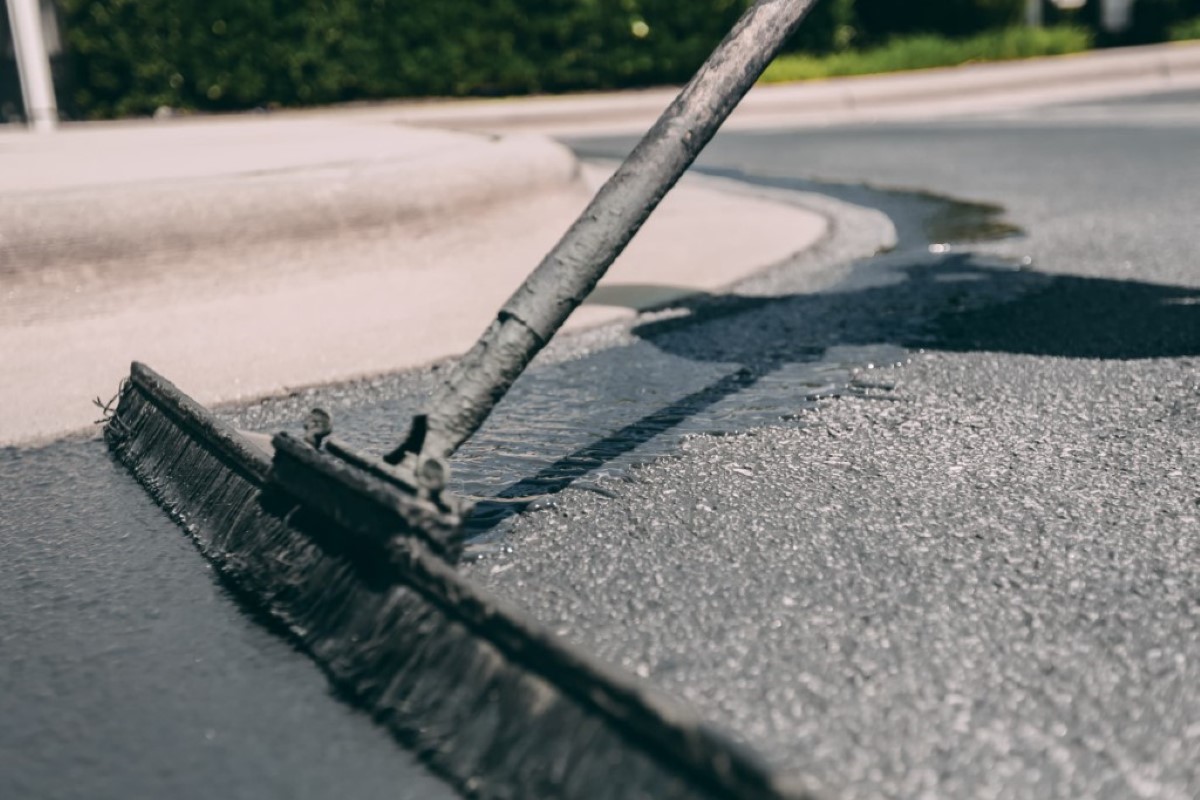

Articles
When Should You Sealcoat A New Driveway
Modified: August 28, 2024
Discover the best time to sealcoat your new driveway with our informative articles. Keep your driveway looking fresh and protected with our expert advice.
(Many of the links in this article redirect to a specific reviewed product. Your purchase of these products through affiliate links helps to generate commission for Storables.com, at no extra cost. Learn more)
Introduction
Welcome to the world of driveway sealing! If you’ve recently installed a new driveway or are considering doing so, one important consideration is when to sealcoat it. Sealcoating is a protective coating that is applied to the surface of driveways to help extend their lifespan and keep them looking fresh and new.
While the installation of a new driveway is undoubtedly exciting, it’s crucial to give some thought to the timing of the sealcoating process. Proper timing can ensure optimal results and maximize the benefits of sealcoating. This article will guide you through the factors to consider and help you determine the ideal timeframe for sealing your new driveway.
Key Takeaways:
- Proper timing for sealcoating a new driveway is crucial, considering factors like material type, curing time, and weather conditions. Rushing the process can lead to subpar results and reduced effectiveness.
- Signs that it’s time to sealcoat your new driveway include discoloration, cracks, water pooling, and loss of luster. Addressing these signs in a timely manner can help prevent further damage and extend the lifespan of your driveway.
Read more: When Can A New Asphalt Driveway Be Sealed
Factors to Consider
Before diving into the specifics of when to sealcoat a new driveway, it’s important to consider a few factors that can influence the timing of the sealing process. These factors include the type of driveway material, weather conditions, and the curing time of the driveway.
- Driveway Material: The type of material used for your driveway plays a significant role in determining when to sealcoat. Different materials, such as asphalt or concrete, have different curing times, which can affect when the driveway is ready for sealcoating. It’s essential to follow the manufacturer’s recommendations or consult with a professional to ensure the material is adequately cured before proceeding with sealcoating.
- Weather Conditions: Weather conditions can have a considerable impact on the effectiveness and longevity of the sealcoating. It’s important to choose a time when the weather is dry and mild, with temperatures above 50°F (10°C). Sealing a new driveway during extreme weather conditions like heavy rain, high humidity, or freezing temperatures can compromise the adhesion and durability of the sealant.
- Curing Time: The curing time of a new driveway depends on the type of material used and the thickness of the layer. It’s crucial to allow sufficient time for the driveway to cure properly before applying a sealcoat. Typically, concrete driveways require around 28 days to cure, while asphalt driveways may require a shorter curing period. Consulting with the installer or following the manufacturer’s recommendations is vital to ensure the driveway is fully cured and ready for sealcoating.
Considering these factors will help you determine the optimal timeframe for sealing your new driveway. It’s crucial not to rush the process and give the driveway ample time to settle and cure before applying a protective sealant.
Timeframe for Sealing
Once your new driveway has been properly installed and allowed sufficient time to cure, you might be wondering when exactly you should sealcoat it. The timeframe for sealing a new driveway can vary depending on the type of material used and the specific circumstances. Here are some general guidelines to help you determine the ideal timeframe:
- Asphalt Driveway: For asphalt driveways, it’s typically recommended to wait at least 6 months before sealcoating. This allows the asphalt to fully cure and any oils or volatile compounds to evaporate from the surface. It’s important to note that sealcoating too early can prevent the asphalt from properly bonding with the sealer, leading to reduced effectiveness.
- Concrete Driveway: Concrete driveways generally require a longer curing period before sealcoating. It’s advisable to wait at least 28 days to allow the concrete to fully cure and reach its maximum strength. This ensures that the sealcoat adheres properly to the surface and provides optimal protection.
- Specific Conditions: While these general guidelines provide a good starting point, it’s important to consider the specific conditions of your driveway. Factors such as climate, weather patterns, and the amount of traffic the driveway receives can influence the ideal timeframe for sealcoating. Consulting with a professional or the driveway installer can help determine the most appropriate timing for your specific circumstances.
Remember that patience is key when it comes to sealcoating a new driveway. Giving the driveway ample time to cure and settle will ensure better adhesion and longer-lasting results. Rushing the sealing process can lead to subpar results and the need for reapplication sooner than expected.
Signs That It’s Time to Sealcoat
While waiting for the appropriate timeframe to sealcoat your new driveway, it’s essential to keep an eye out for certain signs that indicate it’s time for sealing. These signs can vary depending on the type of driveway material and the previous conditions the driveway has been exposed to. Here are some common indications that it’s time to sealcoat your driveway:
- Discoloration: One of the most noticeable signs is when the color of your driveway begins to fade or change. For asphalt driveways, this can manifest as a dull gray appearance, while concrete driveways may show signs of discoloration, such as darkening or lightening. Discoloration can be an indication of the surface being exposed to UV rays, weather elements, and vehicle fluids, which can degrade the driveway over time.
- Cracks and Potholes: Cracks, fissures, or potholes on the surface of your driveway are clear indications that it needs to be sealed. These issues can develop due to the natural aging process, water penetration, freeze-thaw cycles, or heavy vehicle traffic. Sealcoating can help prevent further damage and extend the lifespan of the driveway by filling in these imperfections and providing a protective barrier.
- Water Puddles: If you notice water pooling or puddles forming on the surface of your driveway after rainfall or irrigation, it’s a sign that the driveway is losing its ability to repel water. This can be due to wear and tear or the breakdown of the existing sealcoat. Sealcoating will restore the water-resistant properties of the driveway, preventing water damage and increasing its durability.
- Loss of Aggregate: For asphalt driveways, the loss of aggregate, also known as “raveling,” can be a sign that sealcoating is needed. When the top layer of the asphalt starts to deteriorate and the small stones or gravel become loose or dislodged, it’s a clear indication that the driveway needs to be sealed to restore its stability and integrity.
- Lack of Luster: If your driveway has lost its glossy or smooth appearance and looks dull or worn out, it’s an indication that it needs to be sealed. Sealcoating will rejuvenate the surface, bringing back its original luster and providing a fresh, new look to your driveway.
By paying attention to these signs, you can determine when your new driveway is in need of sealcoating. Addressing these issues in a timely manner will help preserve the beauty and functionality of your driveway, preventing further damage and costly repairs down the line.
It is recommended to wait at least 6-12 months before sealcoating a new driveway to allow the asphalt to cure and fully set. This will ensure a better bond and longer-lasting results.
Benefits of Sealing a New Driveway
Sealcoating a new driveway offers numerous benefits that not only enhance its appearance but also protect it from various forms of damage. Here are some key advantages of sealing a new driveway:
- Protection against Weathering: Sealcoating forms a protective barrier on the surface of the driveway, shielding it from the damaging effects of ultraviolet (UV) rays, rainwater, snow, and ice. This helps prevent cracks, fading, and deterioration caused by prolonged exposure to the elements.
- Damage Prevention: By filling in minor cracks and gaps on the surface, sealcoating helps to prevent the growth and expansion of cracks. It also prevents water from seeping into the base layers of the driveway, which can lead to further damage and costly repairs.
- Enhanced Appearance: A freshly sealcoated driveway looks vibrant and brand new. The sealant restores the original color and enhances the overall appearance of the driveway. This not only adds curb appeal to your property but also creates a welcoming entrance for guests and visitors.
- Improved Durability: Sealcoating adds a layer of protection to the surface of the driveway, making it more resistant to wear and tear caused by vehicles, foot traffic, and other external factors. It helps to reduce the formation of cracks, potholes, and other signs of damage, ultimately extending the lifespan of the driveway.
- Easier Maintenance: A sealcoated driveway is much easier to clean and maintain. The smooth, sealed surface prevents the accumulation of dirt, debris, and oil stains, making it easier to sweep or hose off any mess. Regular maintenance becomes a breeze, saving you time and effort in the long run.
Investing in sealcoating for your new driveway not only provides immediate benefits but also has long-term advantages. It protects your driveway from the damaging effects of weather, minimizes the risk of costly repairs, and ensures its beauty and functionality for years to come.
Potential Risks of Delaying Sealing
While it may be tempting to delay sealcoating a new driveway, especially if it looks fine initially, it’s important to be aware of the potential risks and consequences that come with delaying the sealing process. Here are some risks associated with procrastinating sealcoating:
- Accelerated Deterioration: The longer you wait to sealcoat your new driveway, the more vulnerable it becomes to deterioration. Exposure to UV rays, moisture, and other elements can cause the surface to degrade, leading to cracks, potholes, and expensive repairs.
- Reduced Lifespan: By delaying sealcoating, you’re shortening the lifespan of your driveway. Sealcoating acts as a protective barrier that can significantly extend the life of your driveway. Neglecting to sealcoat will result in more frequent repairs and the need for a complete resurfacing or replacement much sooner than anticipated.
- Increased Maintenance Costs: As your driveway deteriorates due to lack of protective sealcoating, the need for maintenance and repairs will increase. Cracks, potholes, and other signs of damage will require more frequent patching and filling, leading to higher maintenance costs over time.
- Poor Aesthetic Appeal: Without proper sealcoating, your new driveway will lose its luster and appearance over time. It may become discolored, faded, and develop a worn-out look. This not only detracts from your property’s curb appeal but can also give the impression of neglect or lack of proper maintenance.
- Inconvenience: Delaying sealcoating means that you’ll eventually have to deal with the inconvenience of repairing and resurfacing your driveway. This can disrupt your daily routine and require you to temporarily park your vehicles elsewhere while the work is being done.
By understanding the potential risks of delaying sealcoating, you can make an informed decision and prioritize the maintenance and protection of your new driveway. Proactive care and timely sealcoating will save you from unnecessary expenses, inconvenience, and the hassle of dealing with a deteriorated driveway in the long run.
Conclusion
Sealcoating is an essential step in protecting and maintaining a new driveway. While the timing of sealcoating may vary depending on the type of driveway material and other factors, it’s crucial to consider the appropriate timeframe and signs that indicate sealing is necessary.
Factors such as the type of driveway material, curing time, and weather conditions play a significant role in determining the optimal time for sealcoating. It’s important to allow the driveway to properly cure and settle before applying a protective sealant. Rushing the process can result in subpar results and reduced effectiveness of the sealcoat.
Signs that it’s time to sealcoat your new driveway include discoloration, cracks, potholes, water pooling, and a lack of luster. Addressing these signs in a timely manner can help prevent further damage and extend the lifespan of your driveway.
Sealcoating offers several benefits, including protection against weathering, prevention of damage, enhanced appearance, improved durability, and easier maintenance. It serves as a protective barrier that shields the driveway from UV rays, moisture, and wear and tear, ultimately extending its lifespan and maintaining its beauty.
Delaying sealcoating can lead to accelerated deterioration, reduced lifespan, increased maintenance costs, poor aesthetic appeal, and inconvenience. By prioritizing sealcoating and addressing it in a timely manner, you can avoid these risks and ensure the long-term health and functionality of your driveway.
In conclusion, sealcoating a new driveway is a vital step in its maintenance. By considering the appropriate timeframe, being mindful of signs that indicate sealing is necessary, and understanding the risks of delaying sealcoating, you can protect and preserve the beauty and integrity of your driveway for years to come.
Frequently Asked Questions about When Should You Sealcoat A New Driveway
Was this page helpful?
At Storables.com, we guarantee accurate and reliable information. Our content, validated by Expert Board Contributors, is crafted following stringent Editorial Policies. We're committed to providing you with well-researched, expert-backed insights for all your informational needs.
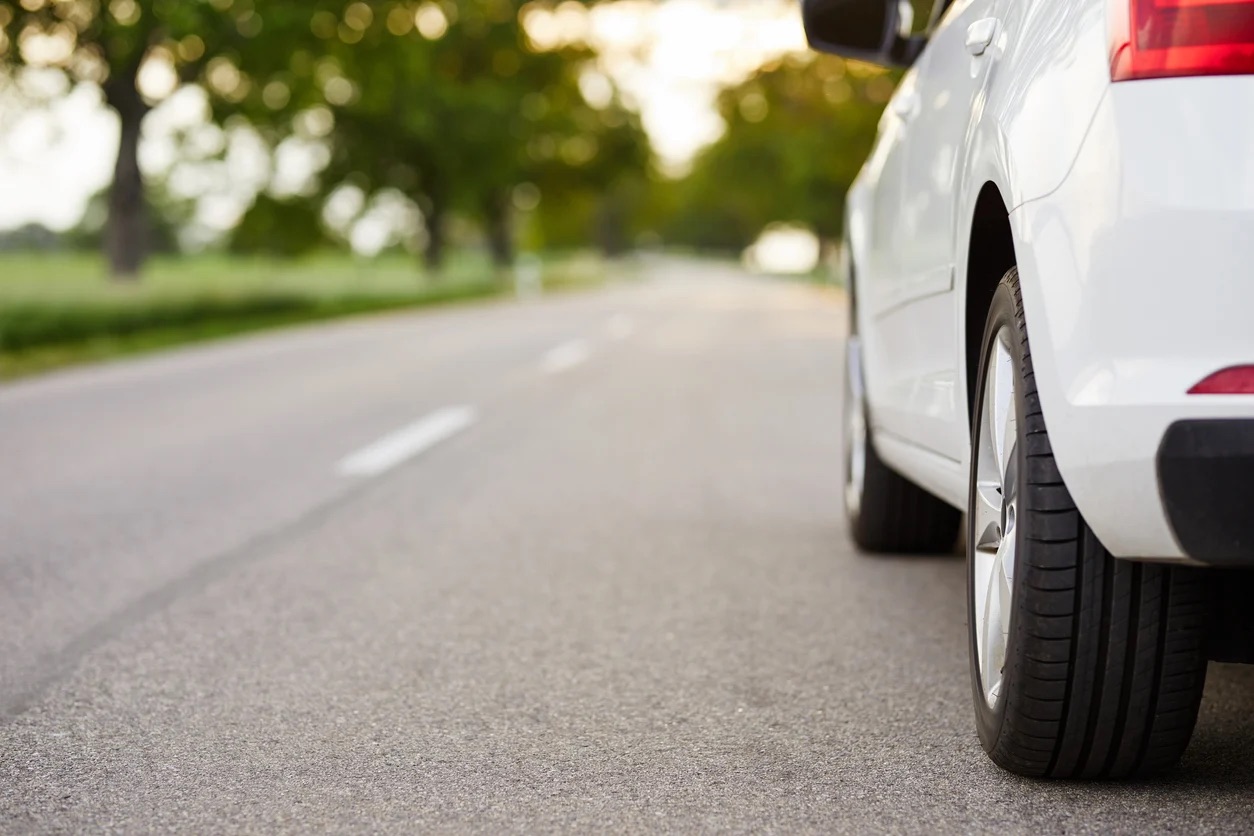
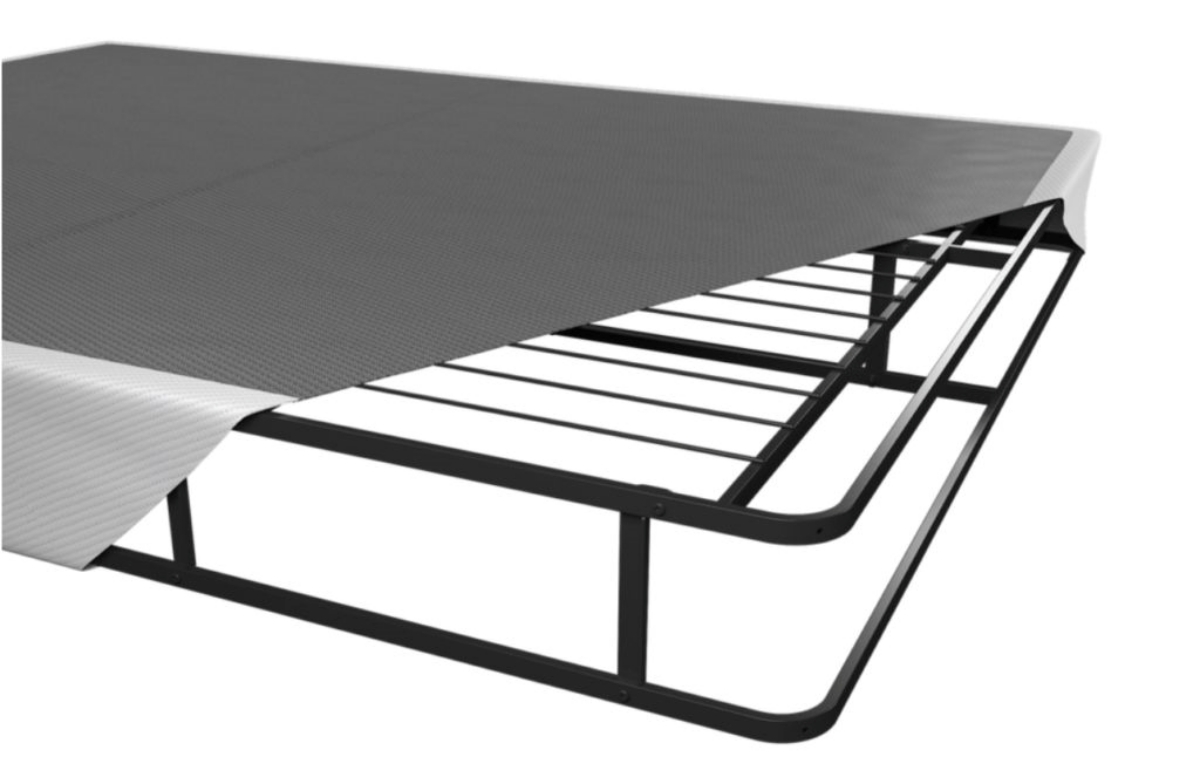

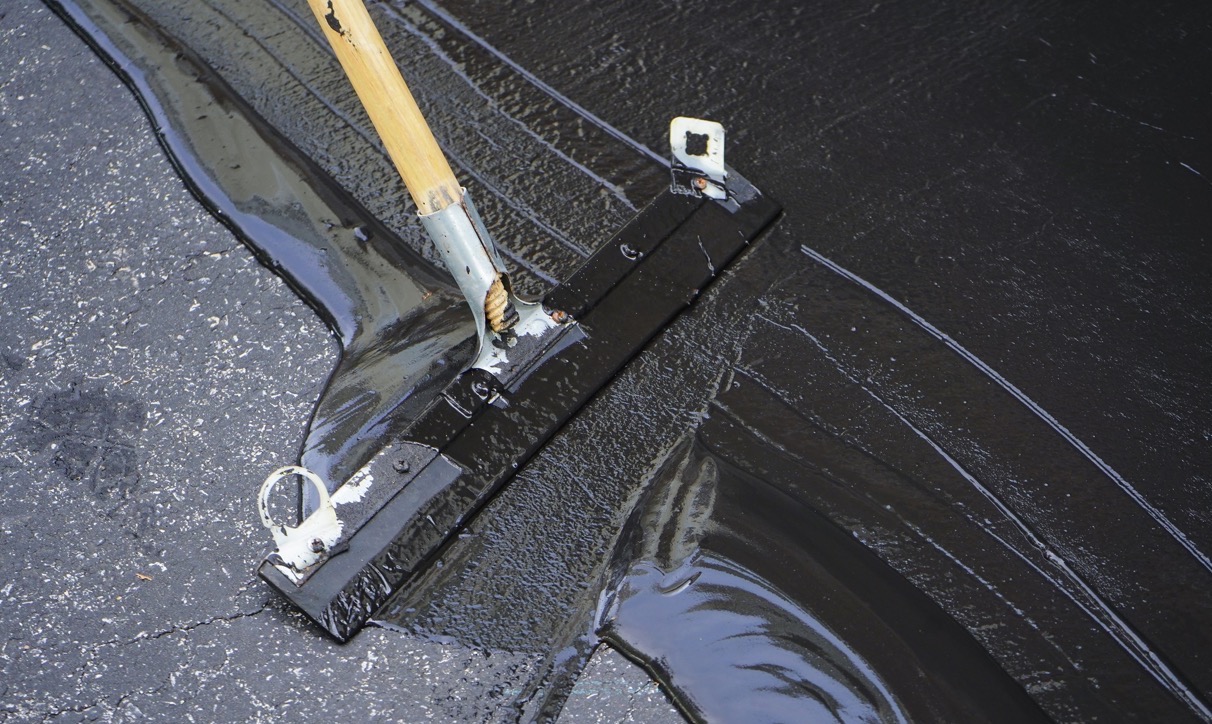
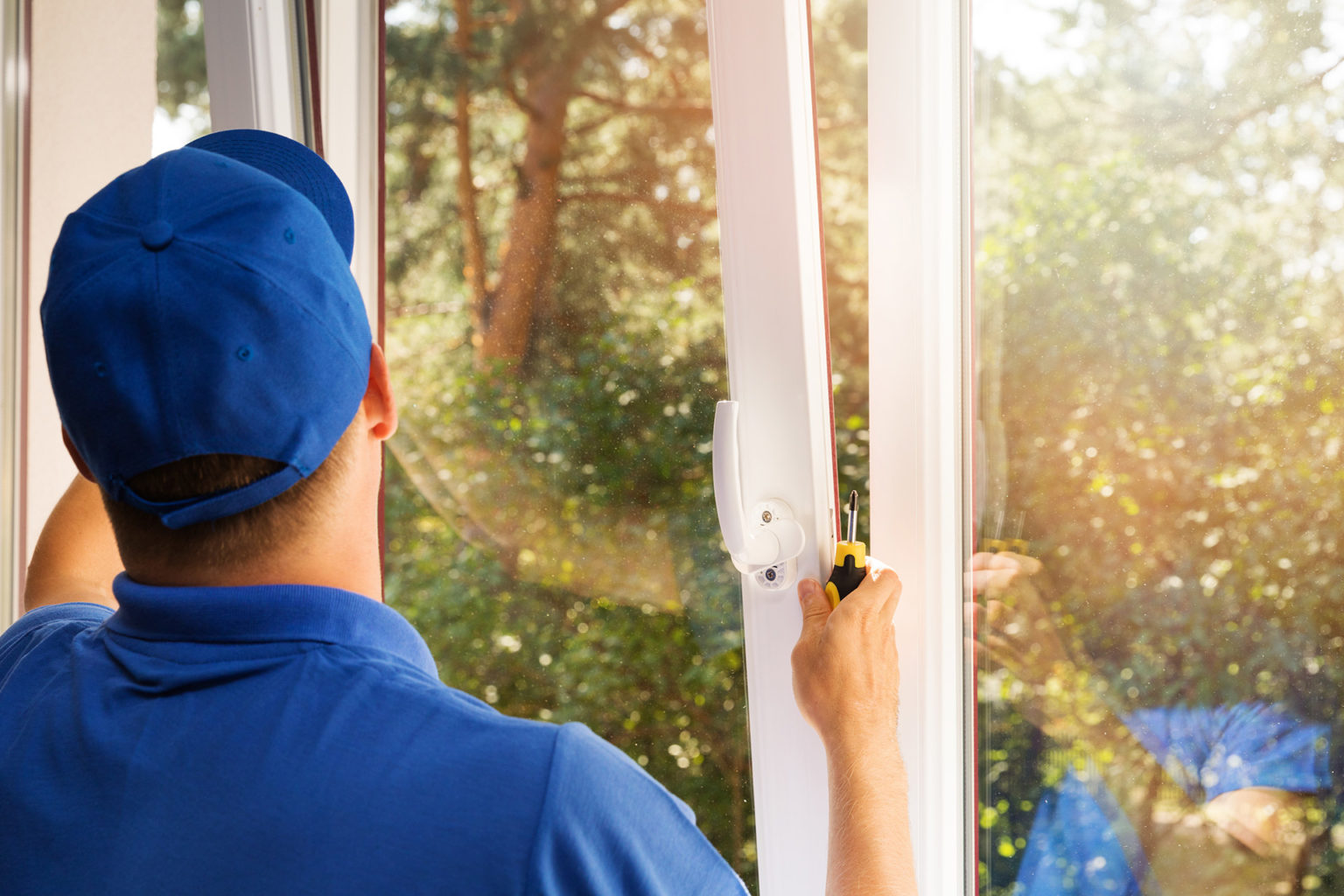
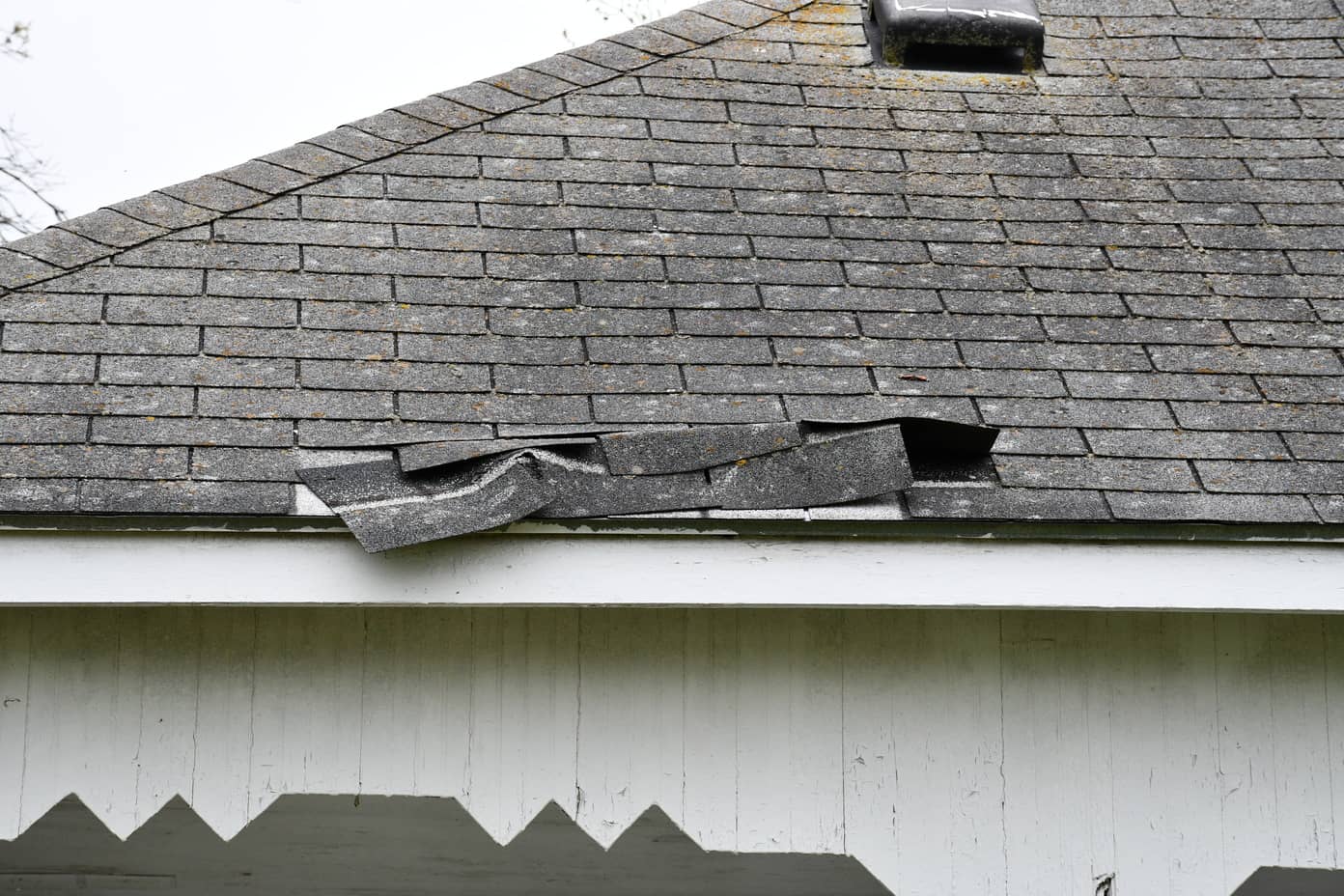


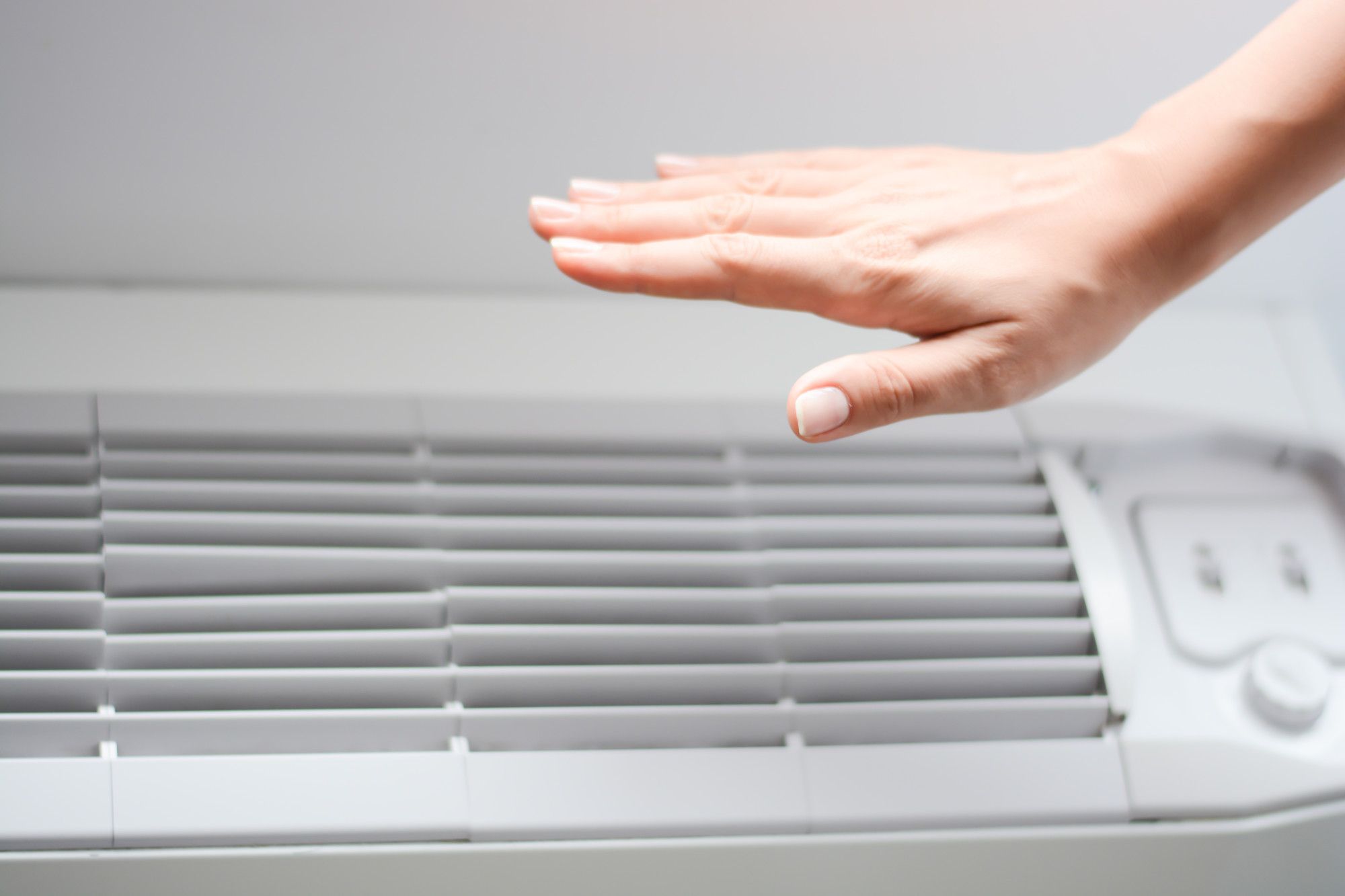
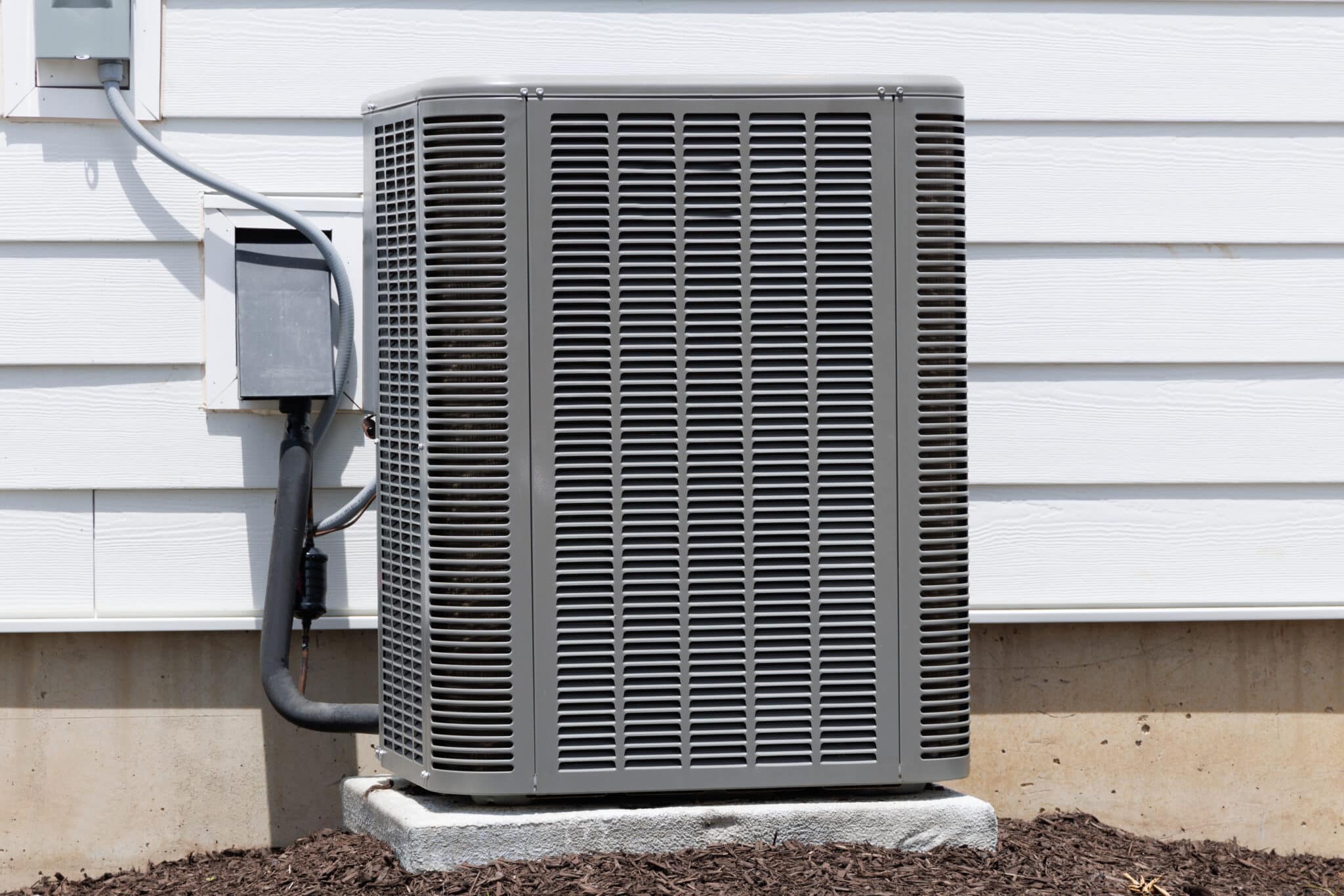


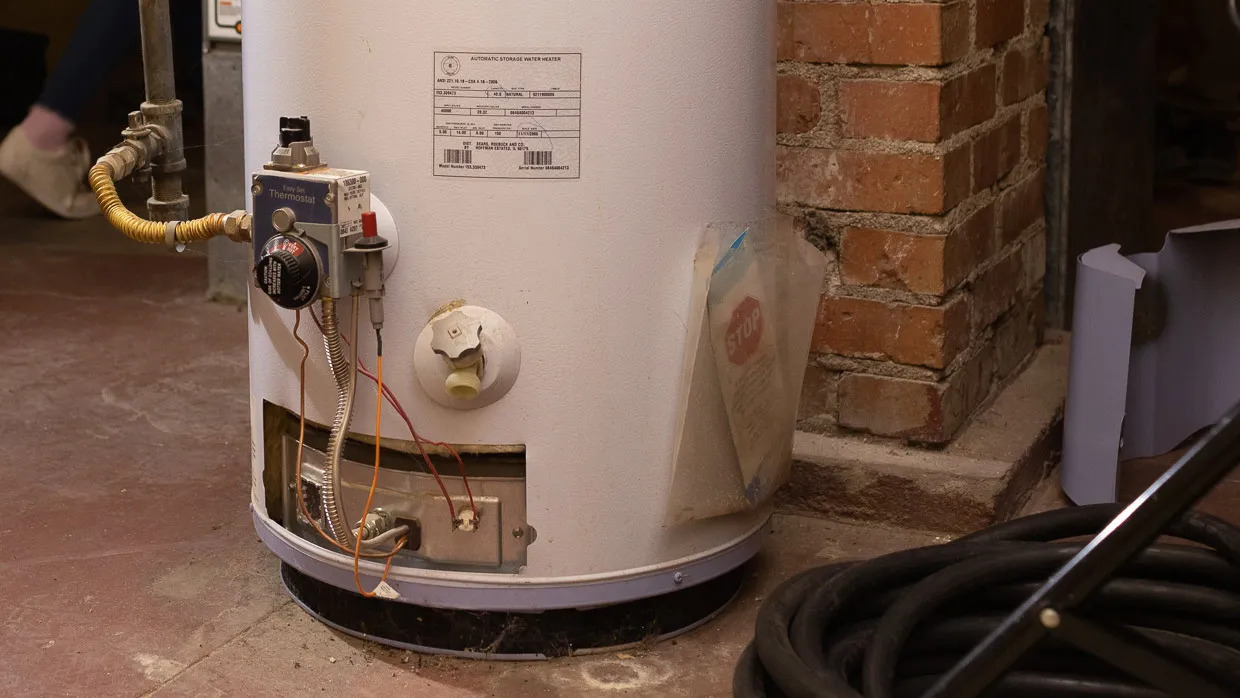


0 thoughts on “When Should You Sealcoat A New Driveway”